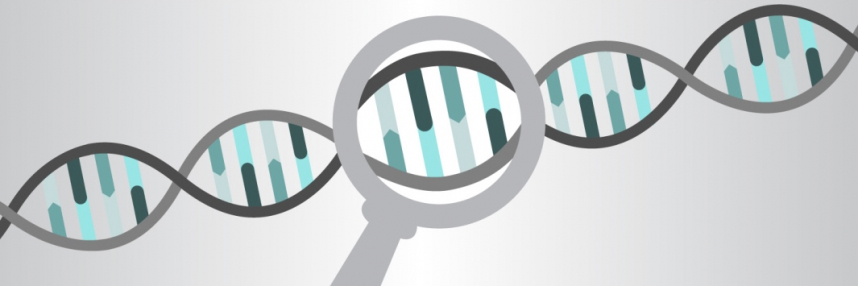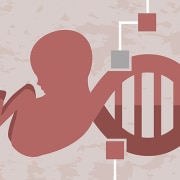Up close and personal for better breast cancer treatments
New project launched at Cancer Research Cambridge Institute helps to bring medicine based on DNA sequencing to the clinic
Breast cancer is the single most common form of cancer diagnosed in the UK, mostly (though not exclusively) occurring in women. Fortunately, treatments have improved considerably in recent years; over 75% of UK patients now survive for more than ten years beyond their first diagnosis. However, there is plenty more to be done.
Genomic insights
A new initiative launched at the Cancer Research UK (CRUK) Cambridge Institute hopes to develop new and more personalised treatment plans for individual patients based on their tumour DNA and gene expression patterns. They plan to trial treatments based on genomic analysis in the NHS breast cancer unit, and hope this will eventually extend to other parts of the health service.
Previously, the choice of treatment for breast cancer depended on a careful evaluation of the size, location and clinical grade of the tumour, based on imaging, biopsy and histological examination, as well as assessment of any tumour spread to lymph nodes. This dictated whether full or partial breast removal (mastectomy) was appropriate, and whether additional chemotherapy or radiotherapy was also needed.
The late twentieth century saw the introduction of mammography for earlier detection of cancers, and new hormone therapies such as tamoxifen (Novaldex) for prevention and treatment. The groundwork for modern personalised breast cancer treatment, however, emerged from the discovery and sequencing of key genes associated with the disease, most notably the huge BRCA1 and BRCA2 genes.
Targeted treatments
Shortly after these milestones, the first targeted treatments for breast cancer emerged, starting with trastuzumab (Herceptin). Based on antibodies, these biological treatments exploit genetic features of the breast cancer cells to target them for destruction, increasing efficacy and specificity of action, which in turn decreases treatment-linked toxicity. Herceptin binds to the Her2 cell growth factor receptor, which is over-expressed on the surface of breast cells with mutations in the HER2 gene, driving rapid cell growth.
More recently, forms of immunotherapy have emerged (cancer vaccines and checkpoint inhibitors) that could have wider utility than biologicals. These act to stimulate the patient’s own immune system to selectively destroy cancer cells, often alongside other forms of targeted treatment; several are currently in clinical trials.
Towards truly personalised breast cancer medicine
In 2012, a landmark research paper revealed that breast cancer comprised at least ten distinct diseases based on the underlying genomic features of the tumour, such as the types of mutations and the locations in the genome at which they occurred – information that can inform prognosis and treatment choice. 2013 saw the first commercial gene expression profiling test for breast cancer recommended by NICE for certain cases; Oncotype DX indicates adjuvant chemotherapy choices based on the risks of tumour recurrence, assessed from multiple selected genomic markers.
Now, personalised genomic medicine for breast cancer based on whole genome sequencing and analysis is finally reaching the clinic. The Cambridge CRUK project will integrate this whole genome data with other biological and clinical information to choose the best treatments, and the 100,000 Genomes Project will similarly compare healthy and tumour cell genomes from patients with breast cancer (as well as selected other cancer types), to identify key genomic information that can inform therapy.
Personalised breast cancer treatment is not yet routinely available in the NHS – but hopefully, it is not far off.
–








